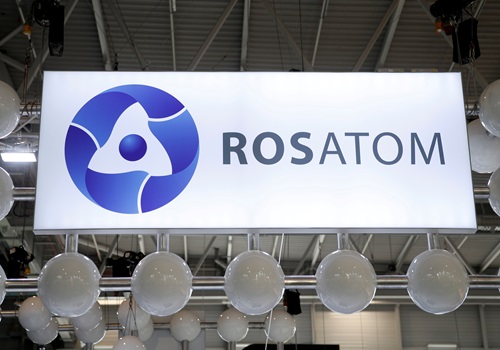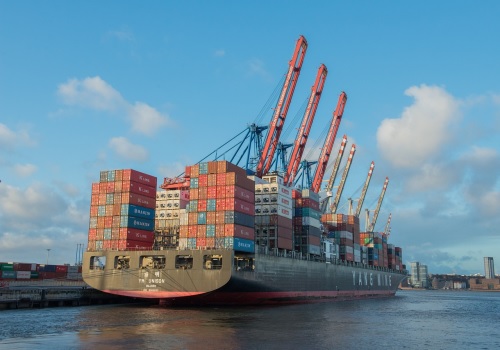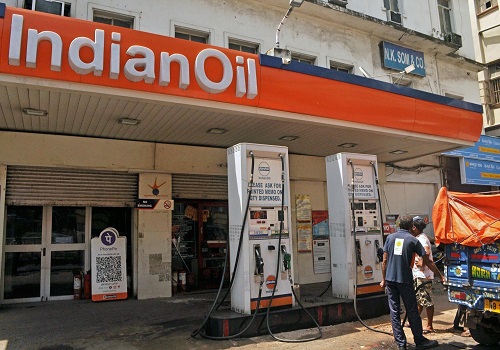Russia to start construction of world`s largest fast reactor in 2026, connect it to grid in 2032

Russia’s state atomic energy corporation Rosatom is planning to set up a series of 1,200 MW (BN-1200) fast breeding reactors and the first one is expected to be connected to the grid in 2032, senior officials said.
Once the BN-1200 reactors start functioning without an itch, Russia will offer the technology to other countries, they added.
According to them, Rosatom is hopeful of getting the BN-1200 design approval from the regulators next year and start construction in 2026 as part of the Beloyarsk Nuclear Power Plant (NPP) located in the Zarechny town.
“The BN-1200 reactor will be an IV generation sodium cooled reactor. The design is ready and regulatory approval is expected in 2025. The plant construction will begin in 2026 and will be connected to the grid in 2032,” said Andrey Smelov, Leader of the Technological Team for the construction of BN-1200 Unit recently.
“The BN-1200 reactor will be the first in the world of its size,” added Ilya Filin, First Deputy Chief Engineer, Beloyarsk NPP.
Smelov said the economics of BN-1200 is comparable with that of Russia’s VVER 1200 light water reactors (LWR), while declining to comment on the capital expenditure outlay for the proposed project.
The BN-1200 plant is an advanced version of the sodium cooled BN-600 and BN-800 fast reactors that were setup at the Beloyarsk NPP.
The proposed reactor is designed to handle different kinds of nuclear power fuels - uranium-plutonium mixed oxide (MOX) or the Nitride fuel.
Smelov said Nitride fuel is the next step for a closed fuel cycle.
He also said the BN-1200 reactor will not be occupying more space than the BN-800 due to the design.
The proposed reactor will have 400 fuel assemblies as compared to 647 fuel assemblies in BN-800 reactors.
“The fuel assembly size of the two reactors are different. After 180 days, the fuel assembly in BN-800 will be changed while in the case of BN-1200, the change will happen once in 330 days,” Smelov said.
As regards the safety systems, BN-1200 reactors have passive and active safety shut down systems.
Interestingly, the Beloyarsk NPP is the world’s largest NPP with fast neutron reactors and a pioneer in the introduction of uranium-plutonium mixed oxide (MOX) fuel.
The Beloyarsk nuclear power plant named after Soviet physicist Igor Vasilyevich Kurchatov is located 45 km east of Yekaterinburg city.
The Beloyarsk NPP has four power units: Two of them were shut down and are being decommissioned, and the other two units are operating.
Units 1 (1964-1981) and 2 (1967-1989) with water-graphite channel thermal neutron reactors AMB-100 and AMB-200 (Atom Mirny Bolshoi) were shut down as they reached the end of their service life and are being prepared for decommissioning.
The spent nuclear fuel was extracted from the reactors to be stored in the reactor cooling pools; in 2017, they began to remove the fuel from the site and transport it to a reprocessing plant in the Chelyabinsk region, said officials.
Unit 3 with the fast neutron reactor BN-600 is in operation. This is the world’s only power unit having a fast reactor with a commercial level of power, reliably and safely operated for such a long time.
The power unit was put into operation on April 8, 1980. In 2010, based on the materials expert examination of non-replaceable equipment (for example, the reactor vessel), and after the replacement including large-scale modernisation of the other equipment, and the introduction of additional safety systems, the power unit’s service life was extended until 2020 and then until 2025.
In addition, modernisation significantly improved its performance and economics, in particular, increased its electrical power.
Smelov said now work is on to extend Unit 3’s service life till 2040.
The construction of Unit 4 with the fast neutron reactor BN-800 (power capacity 880 MW) commenced in middle '80s, which was suspended during the economic crises of the '90s and recommenced in the 2000s.
For the first time, the BN-800 reactor reached the minimum controlled power level as part of its physical startup on June 27, 2014. The first connection of the unit to the grid and start of electricity generation took place on December 10, 2015. The unit was put into commercial operation on October 31, 2016.
BN-800, besides electricity generation, ensures the final stage for the components of the closed nuclear fuel cycle, which is necessary to achieve Rosatom’s strategic goal of nuclear energy transition to a new technological platform, which is the basis of two-component nuclear energy, the combined operation of thermal and fast neutron reactors.
To this end, BN-800 is operated with its core, fully loaded with innovative uranium-plutonium MOX fuel.
Unlike India that follows a three stage nuclear power programme -- pressurized heavy water reactors, fast breeder reactors and thorium reactors -- Russia has two phased programmes, light water reactors and fast reactors.
India recently entered the second phase of its nuclear power programme with the start of the 'core loading’ of its sodium cooled 500 MW Prototype Fast Breeder Reactor (PFBR).
Upon completion of the core loading phase - which includes loading of the fuel, the first approach to criticality will be achieved, leading to generation of power subsequently.
The 500 MW PFBR is built by the Bhartiya Nabhikiya Vidyut Nigam Ltd (BHAVINI).
Once commissioned, India will be only the second country after Russia to have a commercial operating fast breeder reactor.
The PFBR will initially use the uranium-plutonium mixed oxide (MOX) fuel. The uranium-238 'blanket' surrounding the fuel core will undergo nuclear transmutation to produce more fuel, thus earning the name ‘Breeder’.
The use of thorium-232, which, in itself, is not a fissile material, as a blanket, is also envisaged in this stage. By transmutation, the thorium will create fissile uranium-233 which will be used as fuel in the third stage. Fast breeder reactor is thus a stepping stone for the third stage of the programme, paving the way for the eventual full utilisation of India’s abundant thorium reserves.
In terms of safety, the PFBR is an advanced third generation reactor with inherent passive safety features ensuring a prompt and safe shut down of the plant in the event of an emergency. Since it uses the spent fuel from the first stage, fast breeder reactors also offer great advantage in terms of significant reduction in nuclear waste generated, thereby avoiding the need for large geological disposal facilities.
Nuclear power officials at Beloyarsk NPP are keenly watching the progress of India’s PFBR and would like to know more about the project.
























